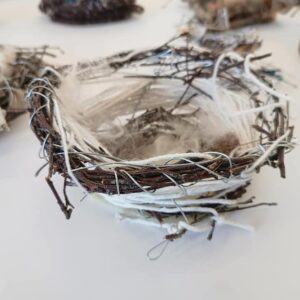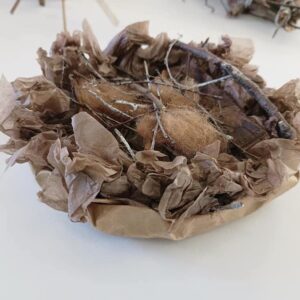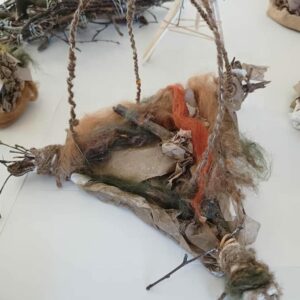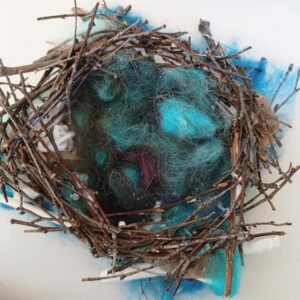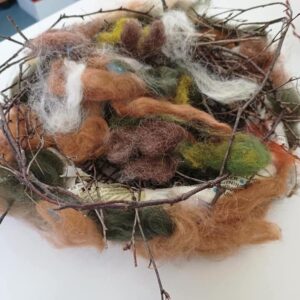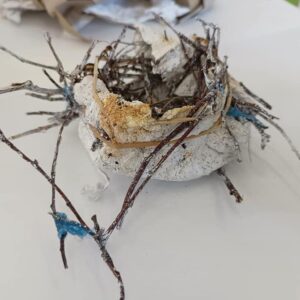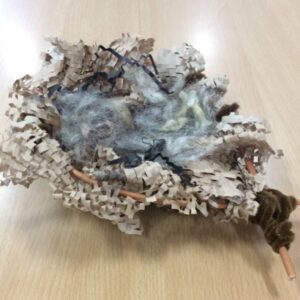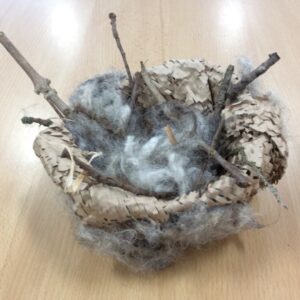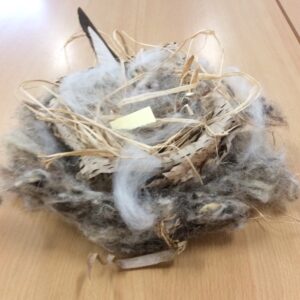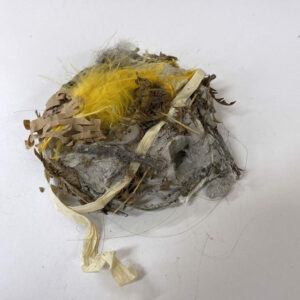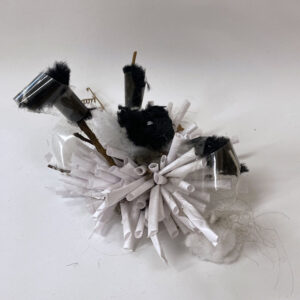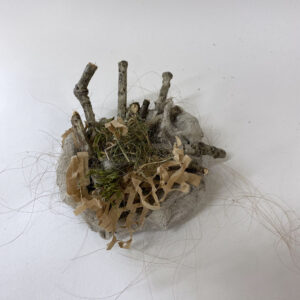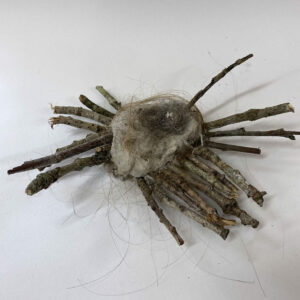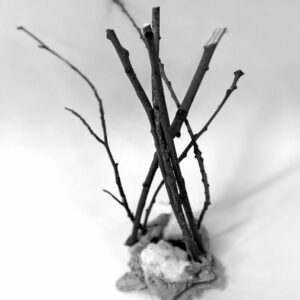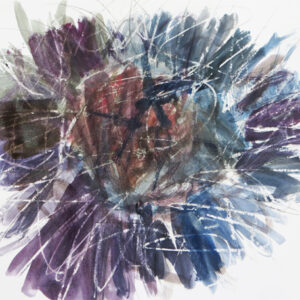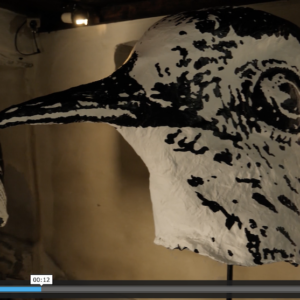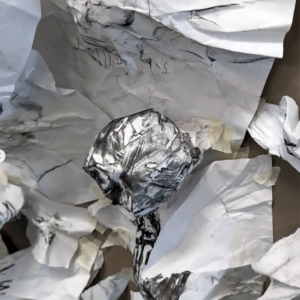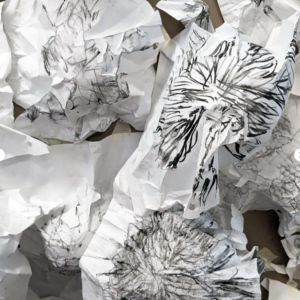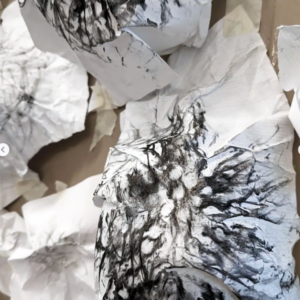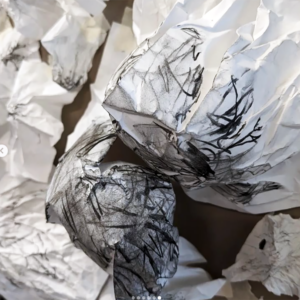Paul Carney, educational consultant and author has created six activities for AccessArt that meet the National Curriculum needs of both Science and Art & Design. The following resources explore methodical and chance drawing processes, together with visualisation, adaptation and memory drawing activities. The projects encourage observation, recording, creative thinking and invention; skills fundamental to the roles of artist and scientist.
Adapted from the book ‘Drawing for Science, Invention & Discovery’ by Paul Carney

Methodical Drawing
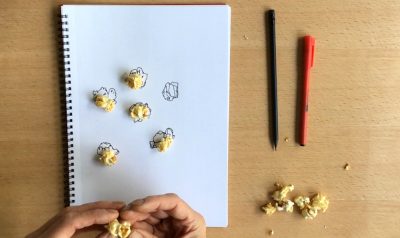 This activity demonstrates how drawing is used by scientists as a means of recording and cataloguing large amounts of complex information. It shows you how and why drawing can help us to better understand the objects we are studying and the importance of organising and sorting information.Read More
This activity demonstrates how drawing is used by scientists as a means of recording and cataloguing large amounts of complex information. It shows you how and why drawing can help us to better understand the objects we are studying and the importance of organising and sorting information.Read More
Serendipity Drawing
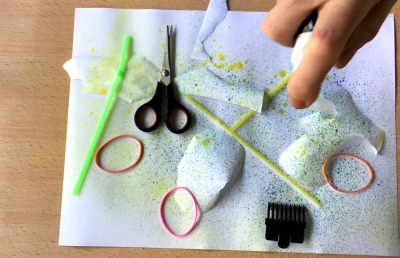 Many of the world’s greatest inventions have occurred by chance. This activity shows you how chance plays an integral part of the making process in art and shows you how artists try to manipulate it to further their creative purposes.Read More
Many of the world’s greatest inventions have occurred by chance. This activity shows you how chance plays an integral part of the making process in art and shows you how artists try to manipulate it to further their creative purposes.Read More
Trial and Error Drawing
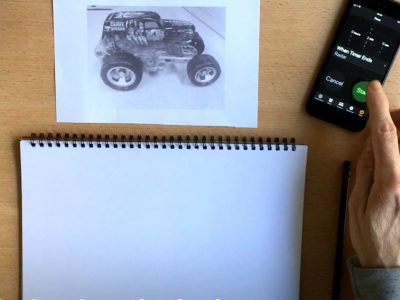 Mistakes aren’t an unwanted outcome of the creative process, they are integral; a vital part of making. In this session we learn how to develop our working memory so that we might understand the creative process of action, mistakes and action better.Read More
Mistakes aren’t an unwanted outcome of the creative process, they are integral; a vital part of making. In this session we learn how to develop our working memory so that we might understand the creative process of action, mistakes and action better.Read More
Adaptation Drawing
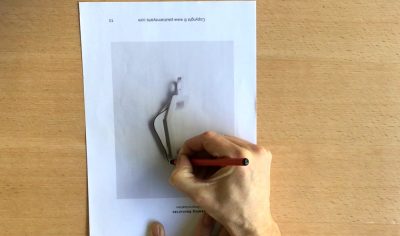 This session is designed to explain the cognitive approach used by scientists to utilise the properties of one material for another, quite different purpose. It will also assist in developing pupil’s ability to cognitively imagine and invent.Read More
This session is designed to explain the cognitive approach used by scientists to utilise the properties of one material for another, quite different purpose. It will also assist in developing pupil’s ability to cognitively imagine and invent.Read More
Visualisation Drawing
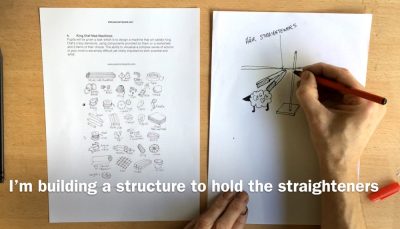 Can we learn how to improve our ability to visualise complex sequences of information in our mind? Artists and scientists use this skill when thinking about the possible future stages of their work, but can we learn how to get better at it, so that we might become more successful practitioners?Read More
Can we learn how to improve our ability to visualise complex sequences of information in our mind? Artists and scientists use this skill when thinking about the possible future stages of their work, but can we learn how to get better at it, so that we might become more successful practitioners?Read More
Doppleganger Drawing
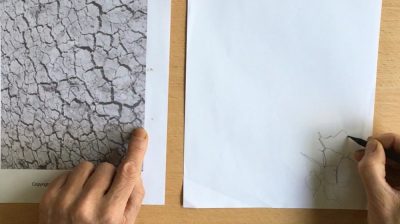 Many people find drawing difficult so I’ve developed this simple technique to show you how you might improve your drawings. What I want you to do is to hold your fingers out like this in front of you, and I’d like you to try and start moving them in synchronisation.Read More
Many people find drawing difficult so I’ve developed this simple technique to show you how you might improve your drawings. What I want you to do is to hold your fingers out like this in front of you, and I’d like you to try and start moving them in synchronisation.Read More
